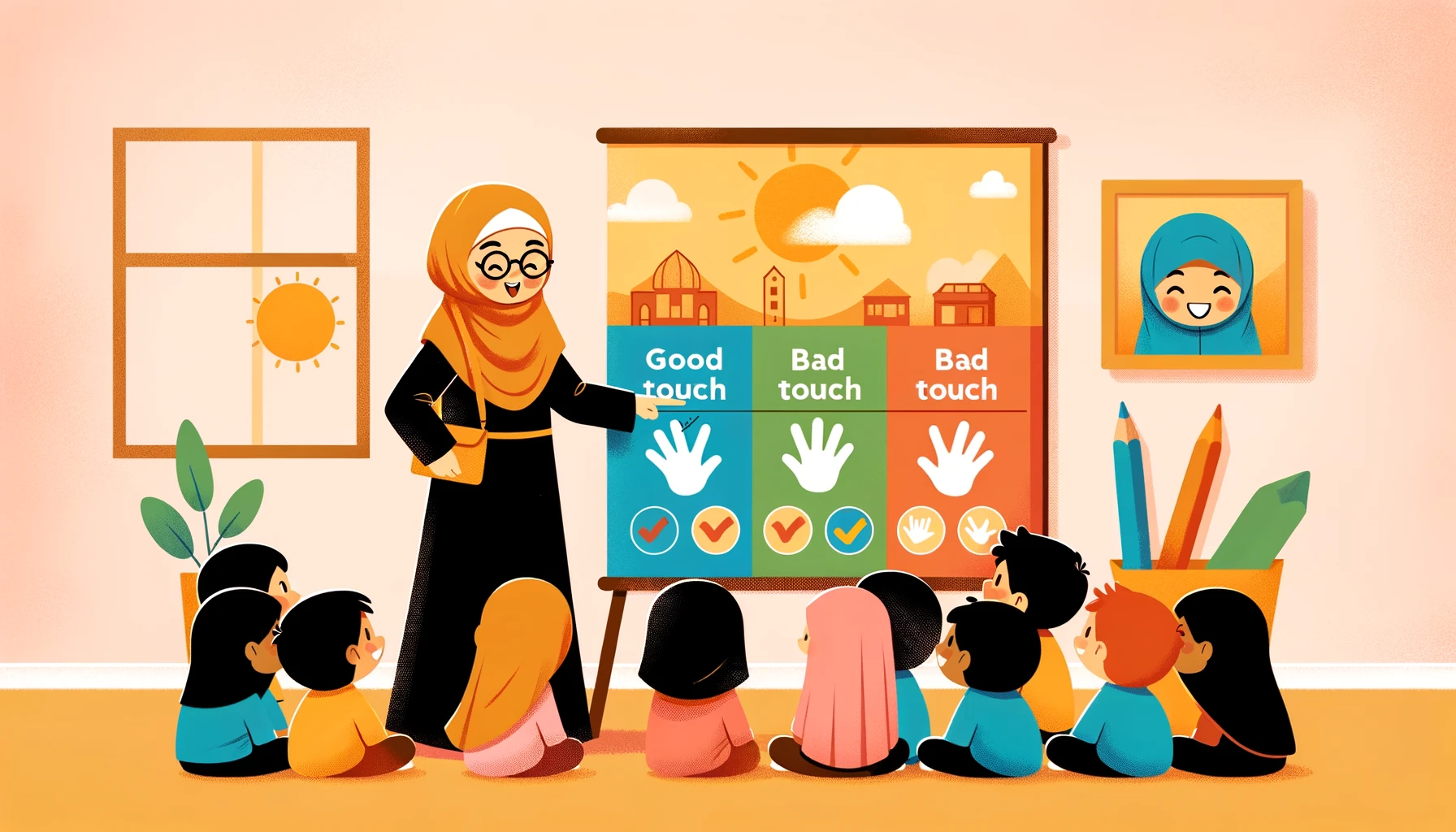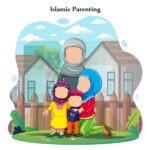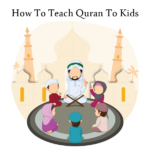Introduction
Talking to your kids about body safety, good touch, and bad touch is really important for keeping them safe. It’s a good idea to start these chats when they’re young and keep the conversation going as they get older, making sure the details you share are right for their age. This helps them understand and feel comfortable talking about their bodies and personal safety. Here are some guidelines on how to approach this sensitive topic as a Muslim parent.
How to Start the ‘body safety’ Discussion
It’s crucial to start discussions with our children about their bodies and personal boundaries early on. Teaching them about concepts like ‘stranger danger,’ understanding the difference between ‘good touch and bad touch,’ and what constitutes ‘safe touch’ versus ‘unsafe touch’ is essential. Additionally, educating them on modesty, the importance of haya in dressing, and wearing a hijab when they reach the appropriate age is important for their understanding of cultural and personal values.
As kids grow and approach puberty, it’s equally important to guide them through the changes they’ll experience during adolescence. This guidance helps them understand and feel comfortable with the changes happening in their bodies and ensures they know these topics are not taboo but a natural part of life.
Pick up Baby steps
Navigating the topic of sexual education for children can be daunting for many parents. There’s often a mix of embarrassment, personal shyness, and cultural influences at play. In many cultures, even today, discussing such topics is typically taboo.
However, we live in a different era where, despite our discomfort, we must educate our children about these matters for their safety and protection. This is especially true for migrants or expats who are raising children without extended family support in unfamiliar surroundings. For these families, it’s crucial not only to teach children about body safety but also to pass on cultural values and awareness.
Many parents tend to delay discussions about ‘good touch – bad touch’ until their children start school, but starting earlier can be more effective. It’s also a common misconception that only girls need to be educated about body safety. Boys are equally at risk and need to be taught both how to respect others and how to protect themselves.
It’s overwhelming, considering all the topics that need covering, but starting with the basics of personal space and the rules about their own bodies is a practical first step. This foundation empowers children, giving them the tools they need to navigate both childhood and adulthood safely and respectfully.
















